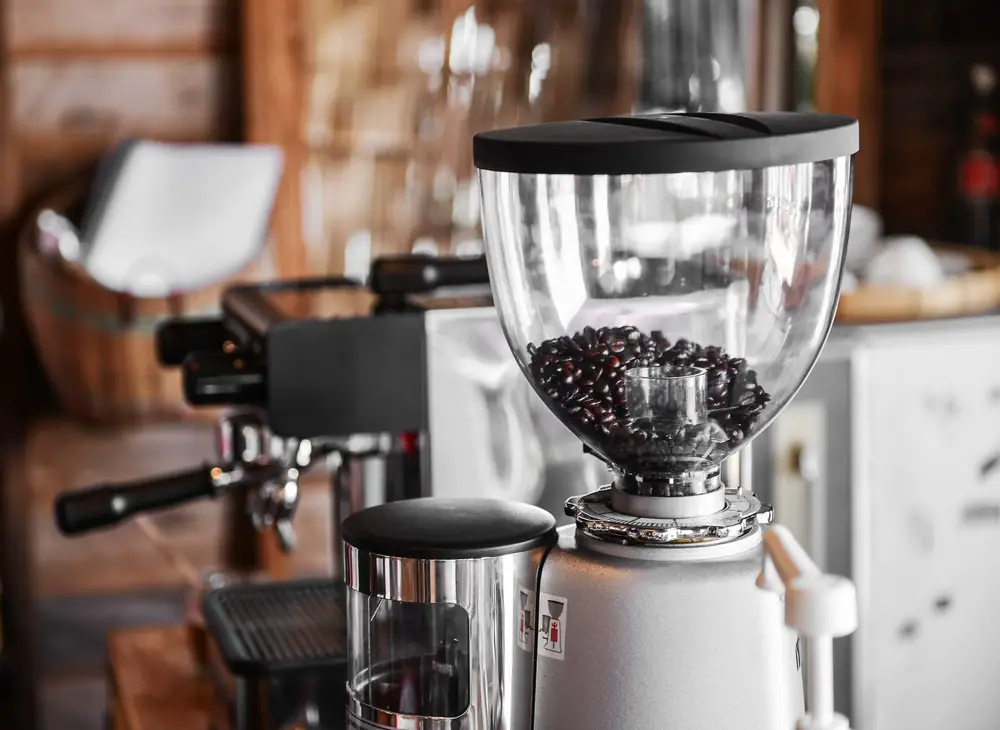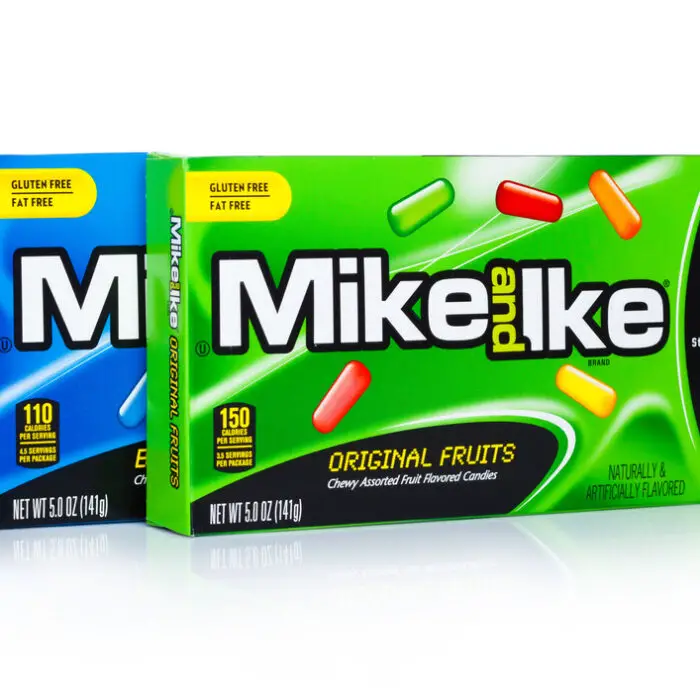To say Canada is a nation of coffee lovers is an understatement. According to the Coffee Association of Canada, 72 percent of Canadians aged 18-79 drink coffee daily. Moreover, each Canadian coffee lover consumes, on average, 2.8 cups daily.
That adds up to many coffee machines chugging away each morning to deliver the goods. But is all that coffee-making equipment getting the care and maintenance it deserves? That’s highly unlikely. After all, if your morning involves grabbing a quick cup before rushing out the door, it’s unlikely that learning how to clean a coffee maker is on your list of priorities.
Still, if you knew what could grow there, you might spend more time cleaning and descaling. Whether you use a simple coffee maker or a fancy espresso machine, cleaning and maintenance don’t have to be a big deal. Plus, your coffee is guaranteed to start tasting better!

Why Is Cleaning a Coffee Maker Important?
Whichever type of coffee machine you’re using, there are hidden nooks and crannies where moisture and stray coffee grounds can get stuck. And once that happens, it’s only a matter of time before mold, mildew, and other nasties build up.
As if that weren’t bad enough, the natural oils in roasted coffee beans tend to stick around in bean hoppers. Given enough time, those oils will turn rancid, which is as gross as it sounds. This can have a pronounced effect on the taste of your daily cup of joe.
Of course, you should always use fresh, filtered water to make coffee. However, you will need to descale periodically, no matter how well-filtered your water might be. Mineral deposits can build up inside your machine, eventually compromising its functioning. So, if you want to prolong the lifespan of your coffee maker, regular descaling is vital.
How To Clean a Drip Coffee Maker
While drip coffee makers have come a long way in recent years in terms of quality and sophistication, maintaining one of these machines is still as straightforward as ever.
To prevent a moldy nightmare, it’s important to rinse all removable parts daily. That includes the shower head, brew basket, and permanent filter if you’re using one. Make sure to let everything air dry before putting it back in place.
If your drip coffee maker has a carafe, wash it in warm, soapy water at least once a week. Oh, and forget about putting a thermal carafe in the dishwasher. That’s a surefire way of shortening its lifespan.
Some drip coffee machines have a warning light to tell you when to descale. You might even have a descaling function on board.
Either way, the descaling process is always the same – fill the reservoir with water and white vinegar, then run a brew cycle. Once that’s done, run a second brew cycle with clean water to rinse, and your coffee maker will be good to go.
How To Clean an Espresso Machine
If you’re an aspiring home barista, knowing how to keep your espresso machine in good working order is imperative. That said, cleaning an espresso machine is a piece of cake as long as you keep up with daily maintenance.
As with drip coffee makers, you should thoroughly rinse all removable parts at the end of each day’s use. That includes the drip tray, portafilter, and shower screen. While at it, rinse and dry the water tank – that’ll discourage bacteria from residence there.
Once a week or so, consider backflushing the group head with water and a little espresso machine cleaner. You’ll need to use a blind filter basket, which should have been included with your machine. Every machine is slightly different, so it’s best to consult the owner’s manual for specific instructions.
You’ll be happy to hear that you won’t need to descale your espresso machine more than once every couple of months. Still, don’t wait until you see mineral buildup at the group head – in that case, it’ll be almost too late to save your machine!
Many home espresso machines have automatic descaling programs and will warn you when it’s time. If not, you can descale the machine by filling the reservoir with water, adding descaling powder, and letting it sit for half an hour. Make sure to fully rinse the reservoir before using the machine again.
How To Clean a Fully Automatic Coffee Maker
Regarding one-touch convenience, it’s hard to beat a fully automatic espresso machine. However, to keep one of these machines in tip-top condition requires quite a lot of work.
Many of these coffee makers have automatic cleaning and maintenance programs. Still, don’t imagine for a second that you can rely on the machine to care for everything. That’s especially true for automatic milk systems – you’ll need to take the milk frother apart daily and thoroughly clean all components.
An automatic coffee maker’s internal brew group is where all the magic happens, but it’s also very delicate and can easily become clogged. To keep this sophisticated piece of kit in good working order, you must remove it daily, clean it well, and allow it to dry completely.
Regular descaling for fully automatic espresso makers is as vital as any coffee machine. Again, there’ll likely be a descaling program on the maintenance menu, and the machine will let you know when it needs to happen.
Most manufacturers will demand that you use their brand of descaler. You may risk voiding your warranty by using a different brand. Still, there are plenty of affordable generic descalers out there that will do the job.
Final Thoughts
Knowing how to clean a coffee maker properly is pretty important. Depending on the machine, you can get away with spending a few minutes on maintenance and then continue your day. By doing this, you’ll have a coffee maker that’ll last you years and won’t potentially threaten your health. Plus, you’ll enjoy great-tasting coffee with no moldy aftertaste!







